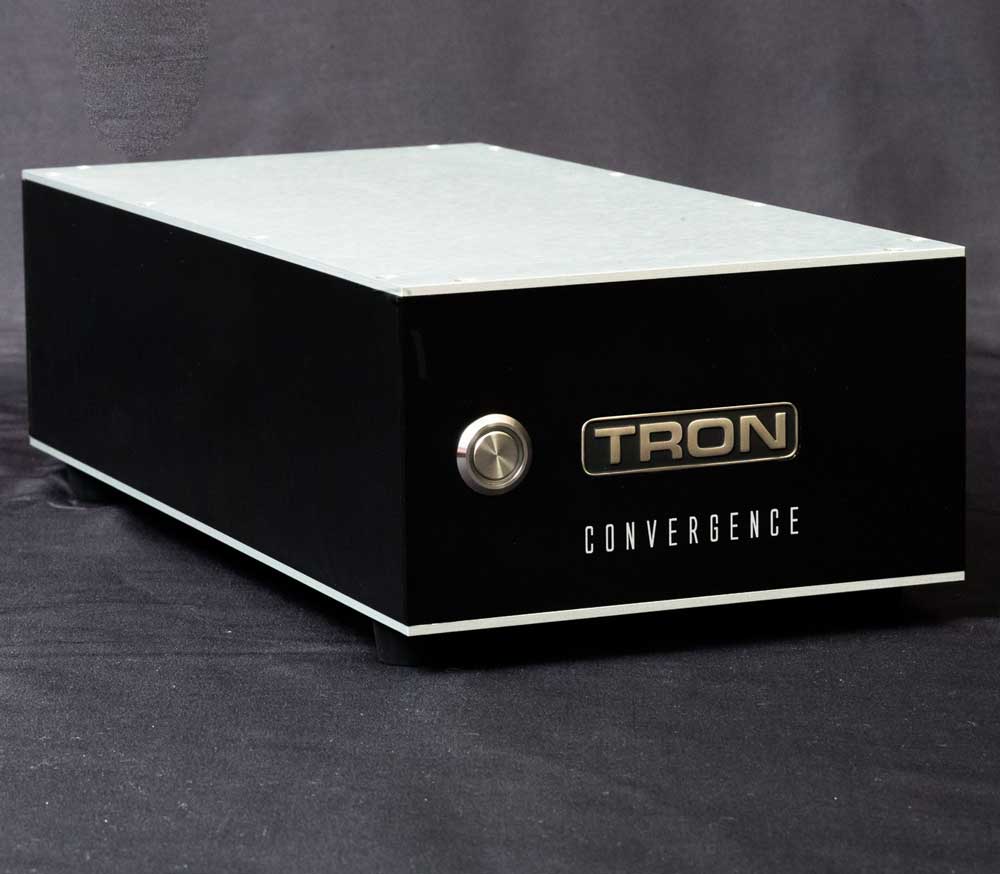With any LCR phono stage, I would want to see an accurate RIAA plot to verify how accurate the EQ is on each individual phono stage. Winding accurate inductors is both time consuming and very expensive as there is a lot of waste. Many have to be discarded if they don't meet the close tolerances. My bet is that many out of tolerance inductors are still used in production due to the costs involved in discarding them. I've also had first-hand experience of this.
Performance-wise it is very difficult, in fact, it is almost impossible to properly drive a 600 ohm EQ network with a valve/tube circuit, which is why many LCR networks have greater impedances then 600ohms. I have seen 10K networks used but these are not supposed to sound as good as the lower impedance ones. It is much better to use a solid-state circuit to drive a 600ohm LCR network.



